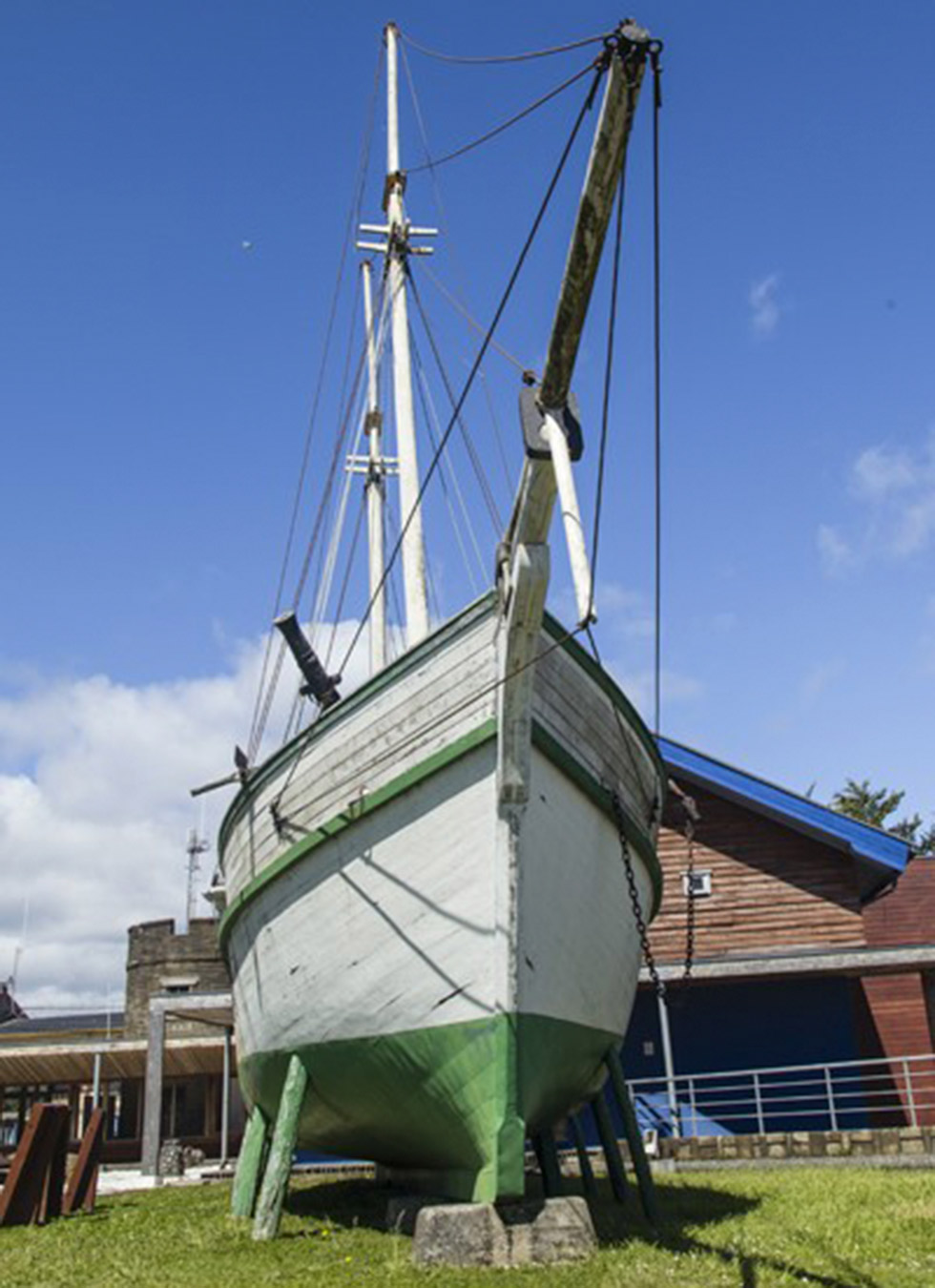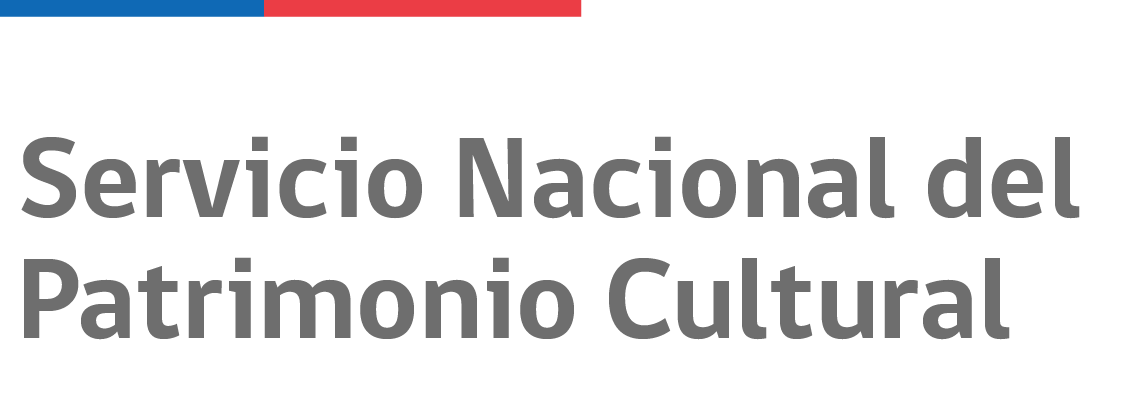
Services:
- Disabled access
- Guided visits
- Floor map
- Public transport
- Parking
Opening times:
Admission:
About the institution
This Museum in Ancud, Chiloé's second largest city and its capital until 1982, was founded in 1976. Its original collection was donated by Father Audelio Bórquez, a Salesian priest who taught at a local school and became the Museum's first director.
Located on the city's Plaza de Armas square, the Museum has expanded significantly since then, both in terms of its collection and infrastructure. In 2001, its Challanco multipurpose room was created in what had until then been the public library (which moved to other premises).
This was followed by a new access and entrance hall and, in 2011, by a small cinema, an amphitheater and new storage facilities.
Inside the Museum

Scale model of the Ancud Schooner used to take possession of the Strait of Magellan.
The Museum conserves more than 2,000 objects, organized principally into the following collections:
- Archaeology. This is the Museum's largest collection. Key items include examples of the stone tools used by the archipelago's hunter-gatherer and fishing peoples. Many of these are from the Puente Quilo archaeological site near Ancud. This site, excavated by the Museum in the 1990s, is Chiloé's oldest archaeological site (4200 BC).
- Basketry. This collection comprises reproductions of objects traditionally used on Chiloé such as baskets for harvesting potatoes and gathering shellfish. Most are made of vegetable fiber but some are of nylon wire, a waste produced by the salmon farming industry that has developed on Chiloé in recent decades.
- Textiles. As well as displaying items such as blankets and ponchos, this collection also includes the tools and instruments used in their production, from the shearing of the sheep through to spinning, dyeing and weaving on a quelgwo (horizontal loom).
The permanent exhibition traces the history of Chiloé over 6,000 years. Beginning with the first hunter-gatherers, it goes on to the indigenous communities at the time of their first contact with Europeans, the Spanish colonization, the Jesuit influence and the presence of Dutch pirates between 1600 and 1643 through to the Ancud-Castro train and the massive 1960 earthquake.
Temporary exhibitions are held in the Challanco room where different cultural activities also take place.
Don't miss
In the Museum's grounds, with its spectacular view over the Gulf of Quetalmahue and the Lacuy Peninsula, there is a scale model of the Ancud Schooner, a boat built in Ancud that became famous as the vessel used by the expedition that took possession of the Strait of Magellan in 1843. Nearby there is also the skeleton of a blue whale which became stranded near Ancud in 2004.



